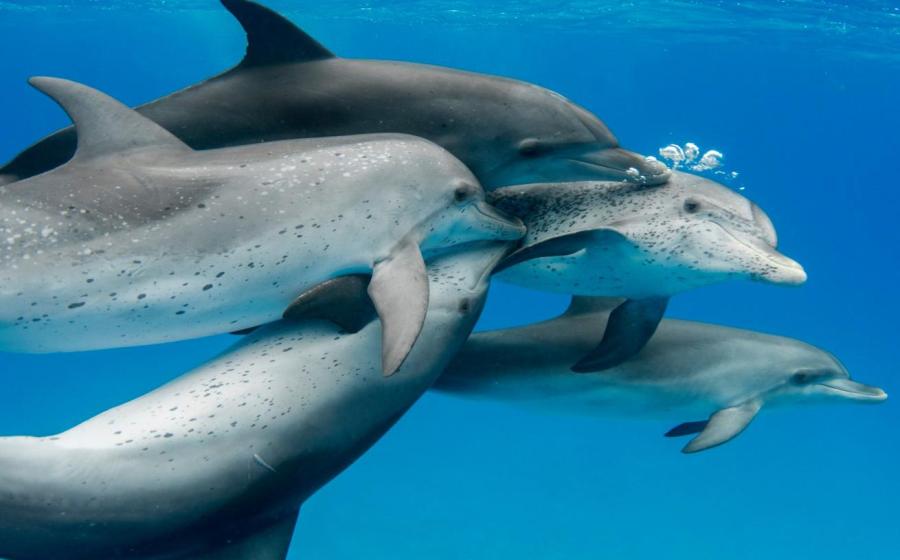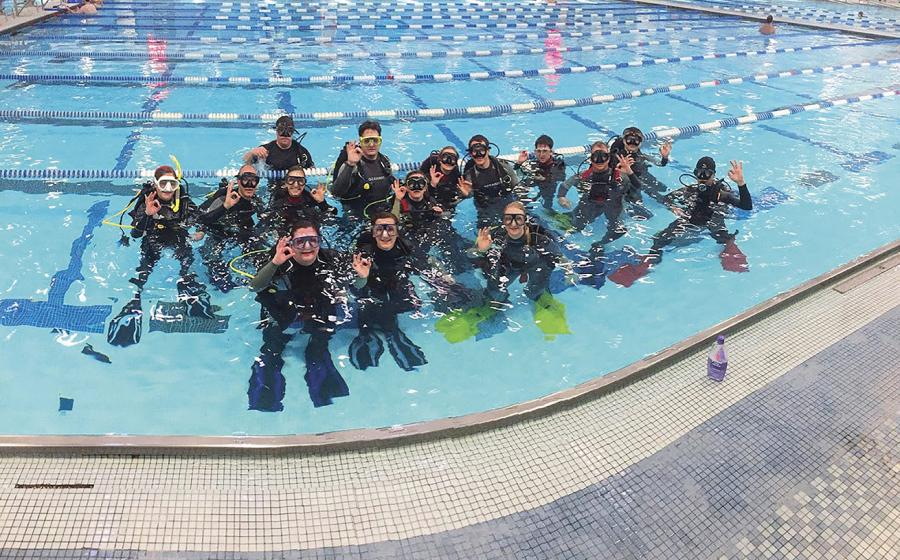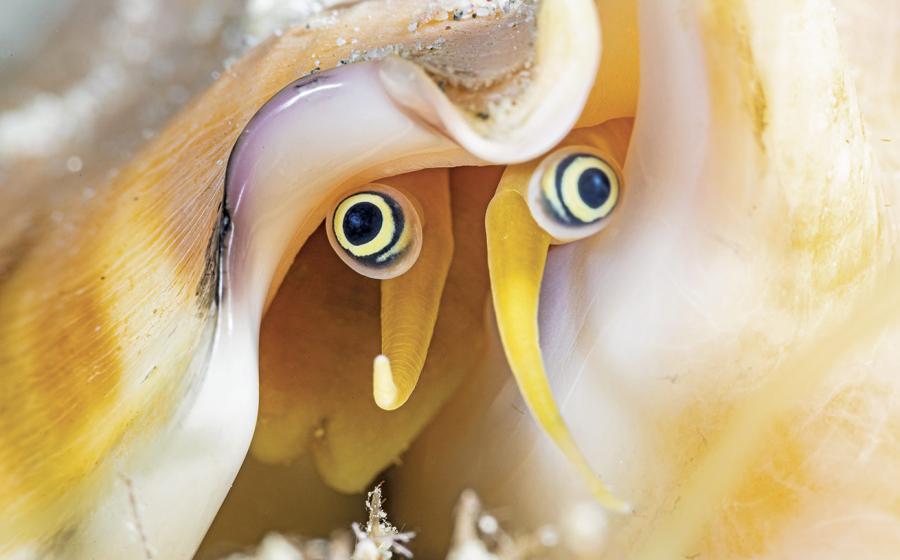Scuba Diving in Baja California, Mexico
Anguilla's turquoise waters boast seven marine parks: Dog Island, Prickley Pear, Seal Island Reef System, Little Bay, Sandy Island, Shoal Bay Harbour Reef System and Stoney Bay Marine Park. Dive sites include wreck dives, shore dives, mini wall dives, night dives and heritage diving. Anguilla is known for its intentionally sunk shipwrecks. The island is home to a truly unique attraction, a 960-ton Spanish galleon, El Buen Consejo, that rests on the ocean floor with its cannons and cargo serving as a silent testament to the Caribbean's turbulent past. Anguilla also boasts a healthy double reef system, where a wide variety of corals flourish.
Weather: About 80 degrees year-round.
Average Water Temp: Mid-80Fs in summer in the north, dropping to mid-70Fs in winter. Dive season is year-round.
Average Visibility: 100-plus feet.
Travel Savvy: A passport and onward or return ticket is required. Anguilla is 20 minutes north from French St. Martin by ferry. There are a number of options available for getting to the island. Visitors can fly directly into Anguilla's Wallblake Airport from Puerto Rico via American Eagle/American Airlines and LIAT, or opt to fly directly to St. Maarten, Antigua, St. Thomas or St. Kitts for easy transfer to Anguilla
Destination Links: www.anguilla-vacation.com and www.ahta.ai.
Forget Texas — for divers, everything's bigger in Baja. The peninsula spans nearly 800 miles from California to Cabo San Lucas, slicing between the Pacific ocean and the Gulf of California. These salty escapes are home to towering whale sharks, giant manta rays, dolphins and schools of sharks. The Gulf, also known as the Sea of Cortez, contains a microcosm of Pacific marine life: 750 species in all including whales, sharks, mantas and sea lions, many of which are endemic.Jacques Cousteau famously called it “the aquarium of the sea.”
Three of the main jumping-off points for diving into the action include Cabo San Lucas, Baja's version of Cancun, Cabo Pulmo, home to the only living coral reef in western North America, and La Paz, hub for diving some of the most popular sites in the southern Sea of Cortez. Loreto, in the middle of Baja Sur’s gulf coast, is a quieter dive getaway with direct access to Loreto Bay National Marine Park.
A handful of islands offshore provide even more thrilling big animal action. The Revillagigedos, including Socorro, afford consistent encounters with sharks, tuna, jacks and lots and lots of mantas, November through May. One of the most consistent places in North America to cage dive with great whites is Guadalupe, which lies nearly 200 miles off the coast of Ensenada.
NEED TO KNOW Weather: Hot, balmy summers with highs in the 90s and pleasant winters, when temperatures range from the 60s at night to 80s during the day.
Average Water Temp: Mid-80s in summer and mid-60s in winter. The diving is year-round in the Sea of Cortez, but the best time is late June to early November.
Average Visibility: Fluctuates from 70 feet in winter to 90 feet in summer.










